Image Credit: Getty image
In an era where extending the swimming season has become more desirable, the Hayward pool heater emerges as a cornerstone solution for homeowners seeking to maintain comfortable water temperatures in their pools. Renowned for their reliability, energy efficiency, and advanced heating capacity, Hayward pool heaters, encompassing the H-Series, heat pump models, and dual fuel options, are pivotal in transforming swimming experiences. It’s not just about prolonging the swim season; it’s also about ensuring every plunge into the pool is as serene as it is invigorating, thanks to the consistent and efficient temperature control offered by these heaters. Whether it’s the hayward electric pool heater or the hayward pool gas heater, choosing the right Hayward product is synonymous with opting for quality and sustainability in pool heating technology.
This article will delve into the comprehensive overview of Hayward pool heaters, spotlight the top models, including the Hayward Heat Pro and various configurations within the H-Series, and offer guidance on selecting the optimal heater based on heating capacity, energy efficiency, and specific needs. From understanding the nuances between the hayward electric pool heater and hayward pool heater gas models to navigating through hayward pool heater manuals, readers will be equipped with all the necessary information to make an informed decision. Whether you are in the market for a hayward pool heater that boasts the convenience of a heat pump or the robust performance of a hayward pool heater electric model, this guide serves as your gateway to a well-heated pool, ensuring your swimming sessions are as endless as they are enjoyable.
Overview of Hayward Pool Heaters
Hayward offers a diverse range of pool heating solutions, including gas heaters, electric heat pumps, and innovative heat+chill models. These systems provide the ultimate control over your pool’s water temperature, ensuring comfort across various seasons.
Types of Heaters (Gas, Electric, Heat+Chill)
Hayward’s lineup features the Universal H-Series gas pool heaters, known for their rapid heating capabilities and efficiency, making them ideal for quick temperature adjustments. The electric HeatPro Series offers a cost-effective solution, maintaining pool temperatures with high energy efficiency and lower operating costs. Additionally, Hayward’s advanced heat+chill solutions allow for precise temperature control, catering to both heating and cooling needs depending on the climate.
Brand’s History and Reputation
Hayward has established itself as a leader in the pool equipment industry, recognized for its robust and high-quality products. The brand’s commitment to innovation is evident in its development of the HeatPro Series, which includes features like corrosion-resistant evaporator fins and titanium heat exchangers, enhancing longevity and performance, especially in harsh environments.
Benefits of Using Hayward Pool Heaters
Choosing Hayward heaters offers multiple advantages. Their heaters are designed to operate efficiently, with features like the cupro-nickel heat exchanger that defends against corrosive elements, ensuring durability and reduced maintenance costs. Moreover, the versatility in heating options—whether rapid heating with gas heaters or sustained efficiency with heat pumps—provides flexibility to meet various user preferences and environmental conditions.
Top Models of Hayward Pool Heaters
Universal H-Series
The Universal H-Series stands out with its energy-efficient and environmentally friendly heating solutions, such as the Natural Gas 400,000 BTU Low NOx Pool Heater. Known for its rapid heating capabilities, this model features a patented bypass design that enhances hydraulic performance, making it a top choice for those needing quick temperature adjustments.
HeatPro Heat Pump
Hayward’s HeatPro Heat Pump is celebrated for its durability, especially in coastal environments, thanks to the industry’s only standard Ultra Gold corrosion-resistant evaporator fin. Its titanium heat exchanger offers excellent resistance to salt water and chemicals, ensuring long-lasting performance. The HeatPro is also noted for its quiet operation, creating a peaceful backyard environment.
Summit XL Heat Pump
The Summit XL line, available exclusively through trade, shares many features with the HeatPro line, including the same parts list and a robust warranty. It distinguishes itself with a different housing color and an extended warranty, offering similar performance in a package that appeals to those seeking exclusive trade-grade products.
How to Choose the Right Model for Your Needs
Pool Size and Type Considerations
Selecting the right Hayward pool heater starts with understanding the specific needs of your pool based on its size and type. Calculate the surface area of your pool in square feet by multiplying its length by width. For instance, a pool measuring 20 feet by 30 feet has a surface square footage of 600 feet. To determine the heating requirement, divide this number by three and then multiply by 1,000, resulting in a need for at least 200,000 BTUs. This formula provides a baseline for common residential pools, but deeper pools may require adjustments based on volume.
Fuel Type (Propane, Natural Gas, Electric)
Choosing the appropriate fuel type is crucial for efficiency and operating cost. Gas heaters, using either propane or natural gas, are effective for rapid heating and perform well even in colder climates. They are ideal for intermittent use due to their ability to quickly heat the pool. Electric heaters, including heat pumps, are more cost-efficient over time and are especially effective in warmer climates. They are also the only option that can cool the water, making them versatile for varied weather conditions.
Budget and Efficiency
Initial costs for pool heaters can range from $1,800 to $6,000, with electric heat pumps often being at the higher end due to their energy efficiency. When considering a pool heater, factor in not only the upfront cost but also installation, maintenance, and ongoing energy expenses. Gas heaters might have a lower initial cost but typically have higher operating costs compared to electric models. For long-term savings and environmental considerations, electric heat pumps can reduce operational costs by up to 70% compared to gas heaters.
Conclusion
Throughout the exploration of Hayward pool heaters, the emphasis on finding a balance between efficiency, reliability, and the specific needs of your pool stands out as a crucial factor in the decision-making process. From the rapid heat adjustments provided by the Universal H-Series gas heaters to the energy-saving and environmentally-friendly operation of the HeatPro heat pump models, Hayward offers a solution tailored to every pool owner’s desires. This guide has navigated through the intricate details of various models, their operational efficiency, and suitability for different climate conditions, ensuring that each reader is equipped with the knowledge to select the most appropriate Hayward pool heater for their sanctuary of relaxation and recreation.
The journey towards extending your swimming season with a well-heated pool is accompanied by considerations of fuel type, pool size, and budget implications, pointing towards the importance of informed choices that cater to long-term satisfaction and sustainability. By adhering to the guidelines provided, homeowners are empowered to enhance their swimming experience through the selection of a Hayward pool heater that not only meets but exceeds expectations. As the swimming season extends and the waters remain inviting, the benefits of choosing a Hayward pool heater resonate beyond mere comfort, reflecting a commitment to quality, efficiency, and the ultimate enjoyment of your personal oasis.
article_outline_2
As no specific content or keypoints were provided for the section titled “article_outline_2,” it is essential to maintain the thematic consistency based on the previously established sections of the article. Therefore, it would be appropriate to discuss additional aspects that complement the earlier content, such as maintenance tips for Hayward pool heaters, user testimonials highlighting the effectiveness and reliability of the heaters, or advanced features and technological innovations that set Hayward apart in the market. This approach ensures a seamless continuation of the article, providing valuable information to the reader without repeating previously covered topics.
FAQs
1. What is the typical lifespan of a Hayward pool heater?
A Hayward pool heater generally lasts between 7 to 10 years.
2. Between Hayward and AquaCal heat pumps, which one is more efficient?
AquaCal is more efficient than Hayward, as it has a higher coefficient of performance (COP) and uses less kW for a higher BTU output. This efficiency translates into significant energy savings and better cost-effectiveness over time.
3. How can I determine the manufacturing date of my Hayward pool heater?
To find out when your Hayward pool heater was made, look at the 6th to 8th digits of the serial number. These numbers represent the year and month. For example, ‘402’ indicates February 2004, ‘405’ indicates May 2004, and ‘501’ indicates January 2005.
4. What steps should I follow to choose the correct size for a Hayward pool heater?
To size a Hayward pool heater, first calculate your pool’s surface area by multiplying its length by its width. Then, refer to a sizing chart to select the appropriate heater size. Ideally, the chosen heater should be able to raise the pool’s temperature by about one degree per hour.






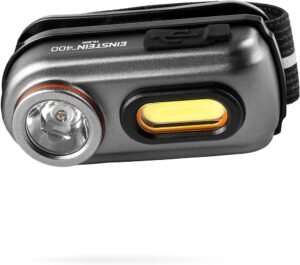


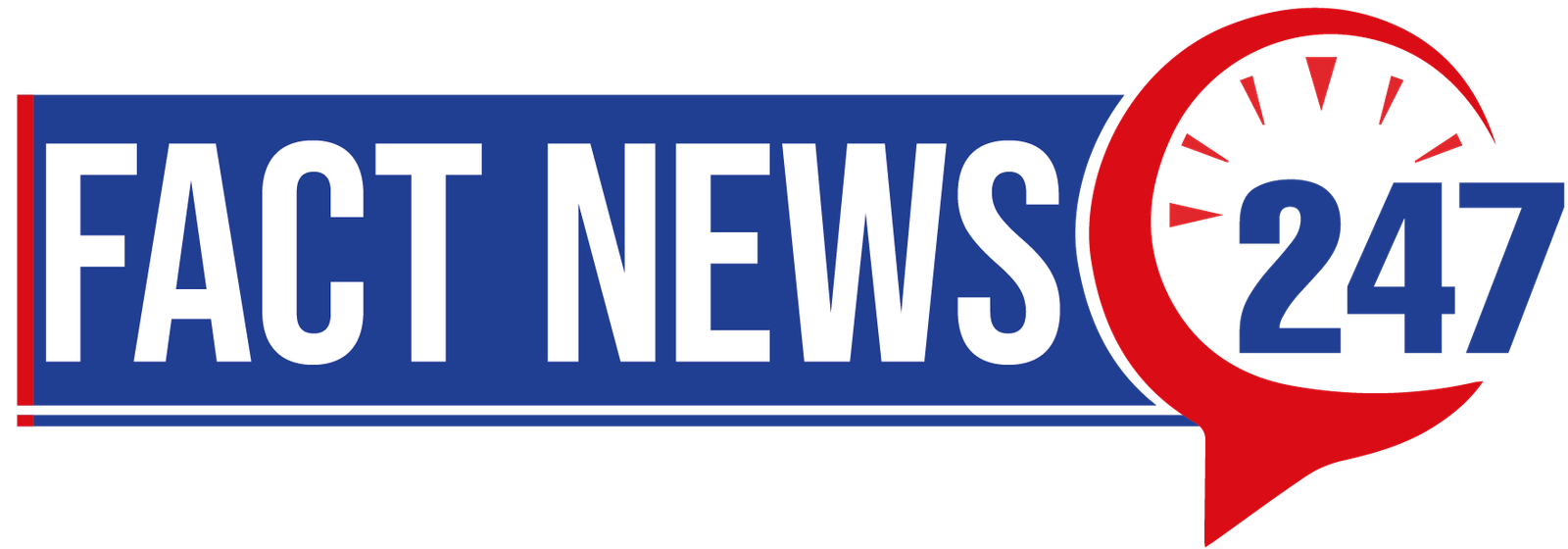
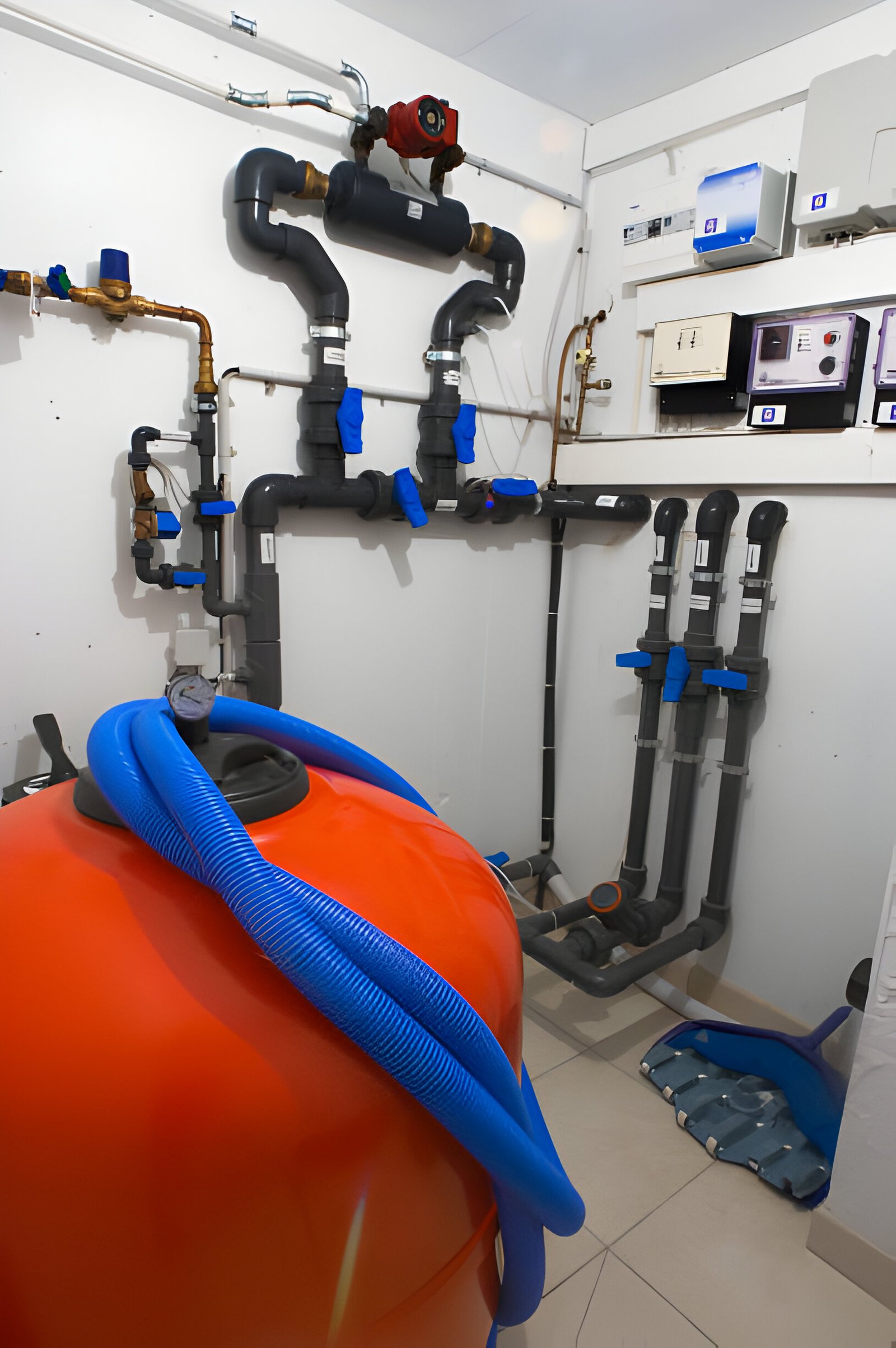



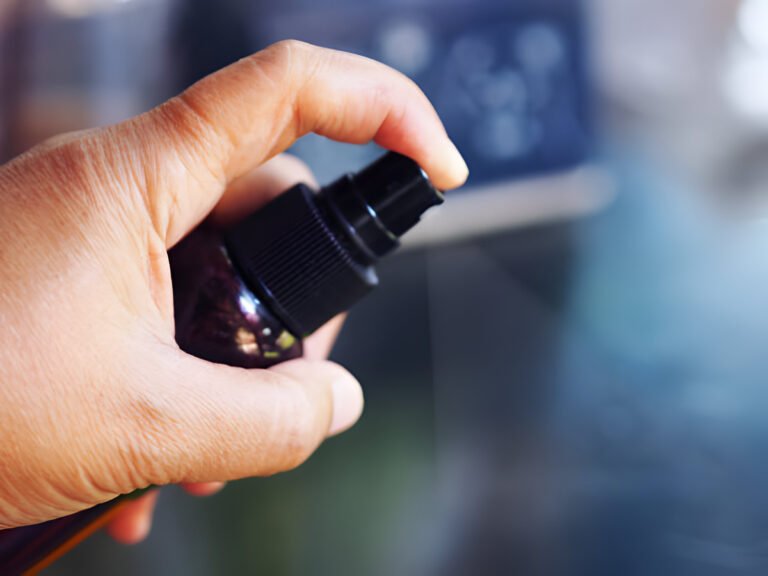







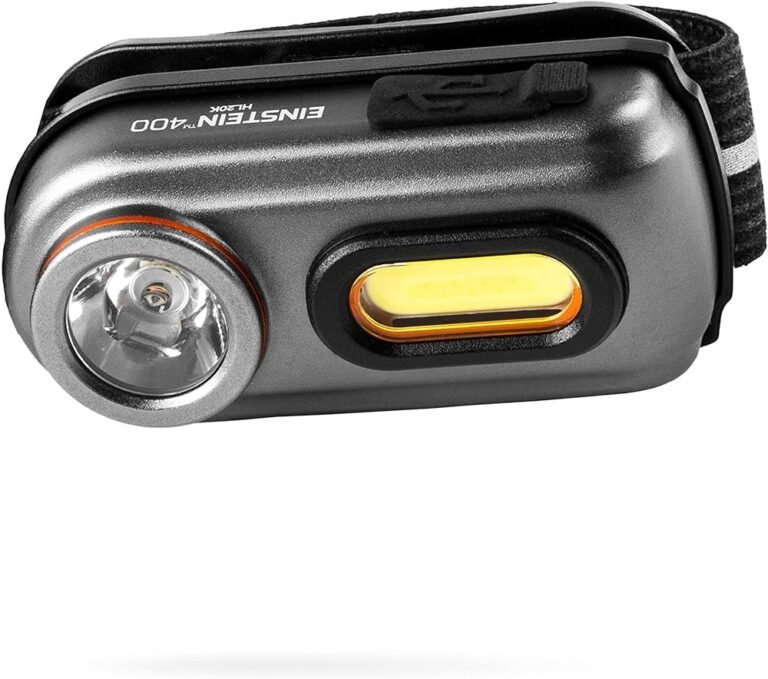

+ There are no comments
Add yours